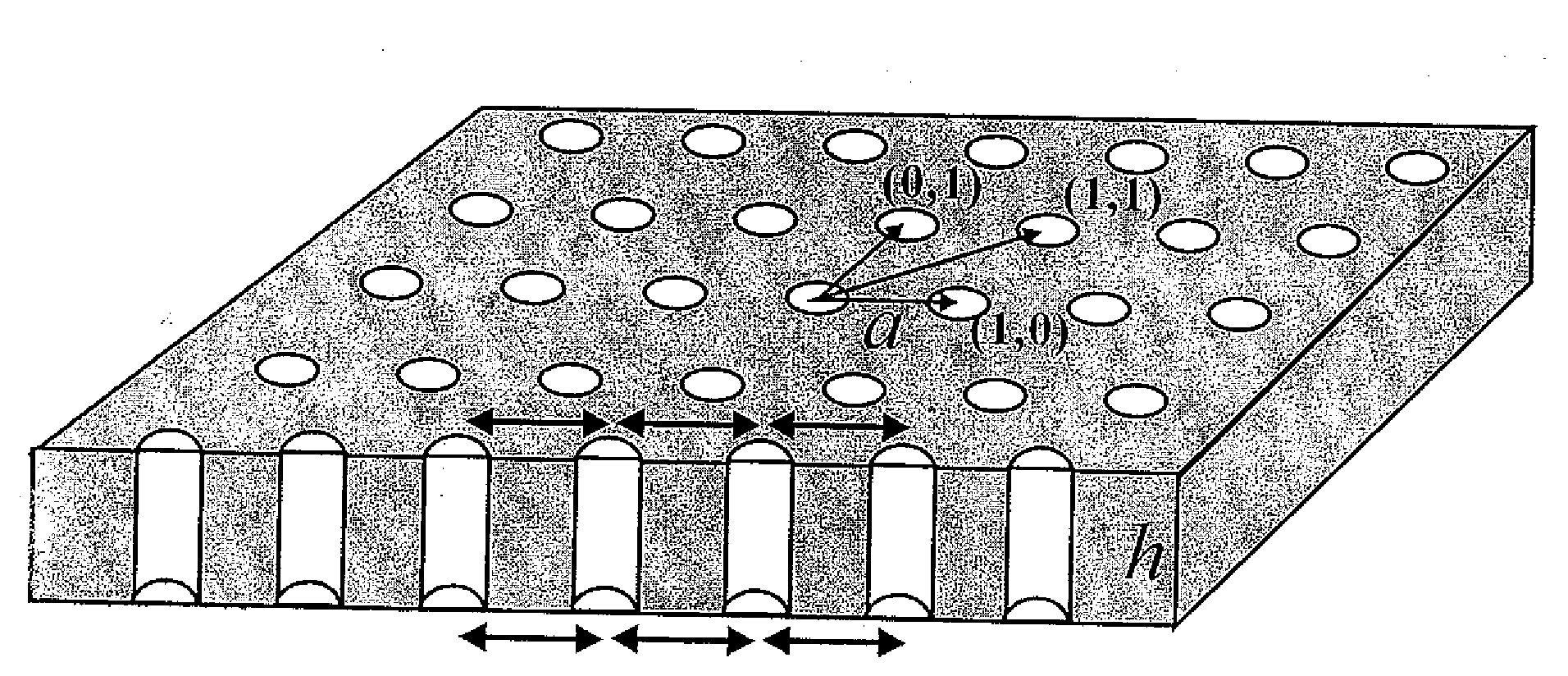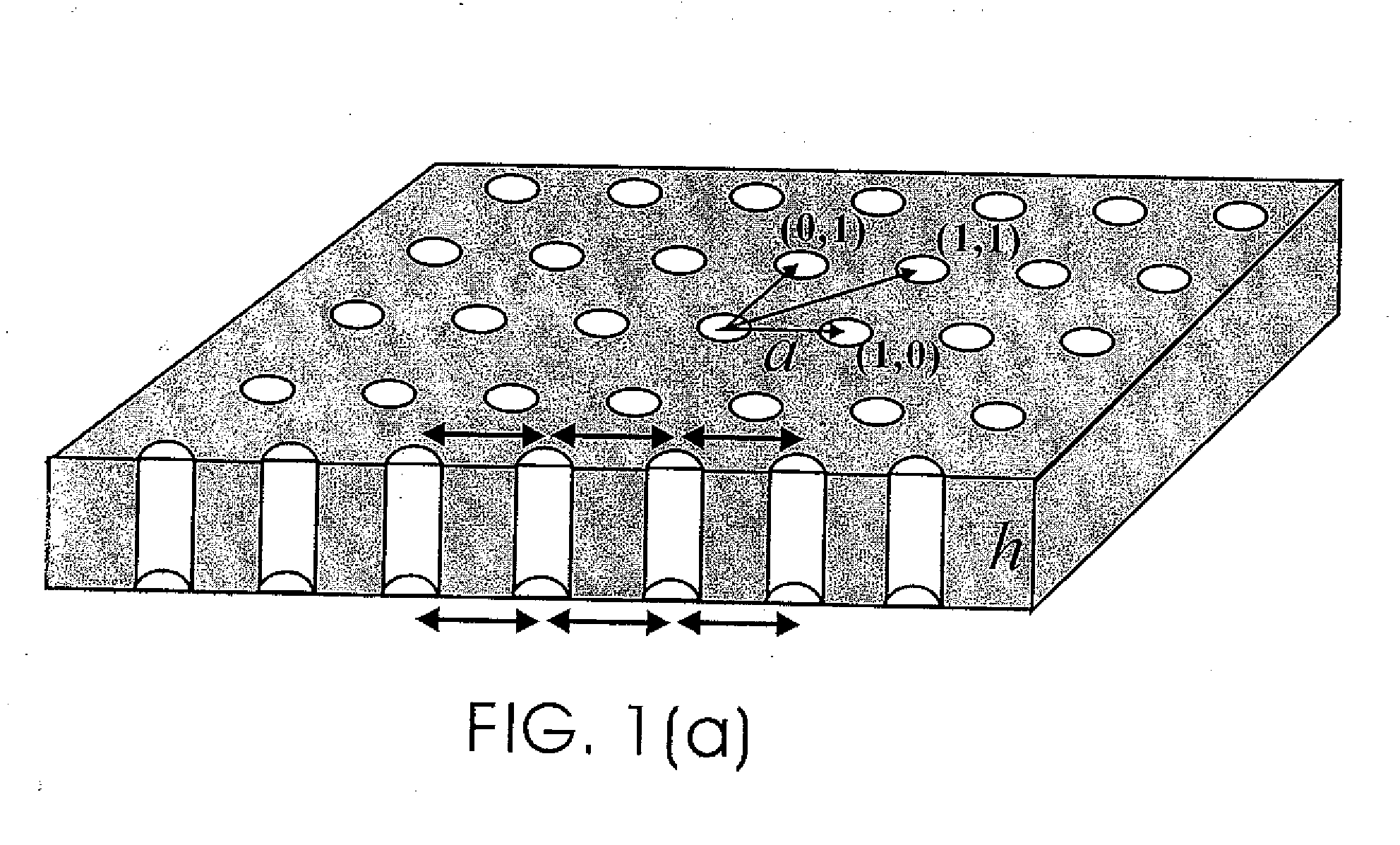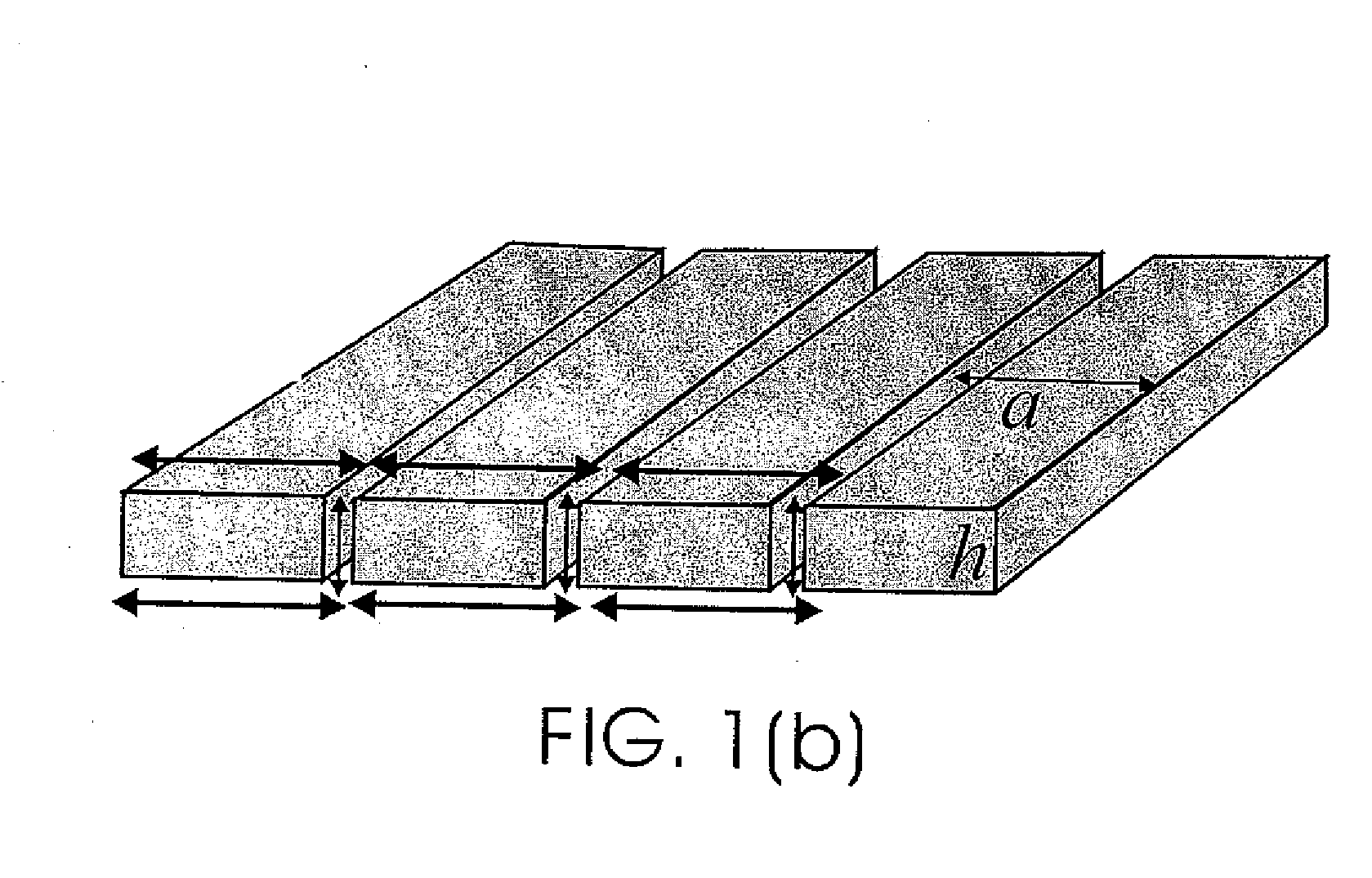System and method for producing a label-free micro-array biochip
a biochip and label-free technology, applied in the field of microarrays, can solve the problems of large sample solution volume, high cost, and difficulty in applying such a setup to perform high-throughput and chip-based detection in devices such as dna and protein micro-arrays, and achieve the effect of reducing sample cos
- Summary
- Abstract
- Description
- Claims
- Application Information
AI Technical Summary
Benefits of technology
Problems solved by technology
Method used
Image
Examples
Embodiment Construction
[0026]Disclosed are a system and method for producing a label-free micro-array biochip. Modern micro-arrays require fluorescent dyes to permit signal detections. However, the fluorescent labeling substantially increases the sample costs. In addition, the fluorescent causes problems when studying protein-protein interactions. In accordance with the invention, nano-plasmonics are used in metallic nano-structures as a sensing element. Here, the resonance of the plasmonics is highly sensitive to the surface conditions. The resonance of the plasmonics can be used to simultaneously study multiple interactions between an analyte and a probe.
[0027]Much differently from the nano-hole structures, the present inventors have determined that transverse-magnetic (TM) polarized wave can transmit through nano-slits without cut-off (see Pei-Kuen et al. “Optical near-field in nano metallic slits”, Optics Express, 10, p. 1418 (2002). Here, the none cut-off behavior is attributable to the surface plasm...
PUM
| Property | Measurement | Unit |
|---|---|---|
| thickness | aaaaa | aaaaa |
| thickness | aaaaa | aaaaa |
| thickness | aaaaa | aaaaa |
Abstract
Description
Claims
Application Information
 Login to View More
Login to View More - R&D
- Intellectual Property
- Life Sciences
- Materials
- Tech Scout
- Unparalleled Data Quality
- Higher Quality Content
- 60% Fewer Hallucinations
Browse by: Latest US Patents, China's latest patents, Technical Efficacy Thesaurus, Application Domain, Technology Topic, Popular Technical Reports.
© 2025 PatSnap. All rights reserved.Legal|Privacy policy|Modern Slavery Act Transparency Statement|Sitemap|About US| Contact US: help@patsnap.com



